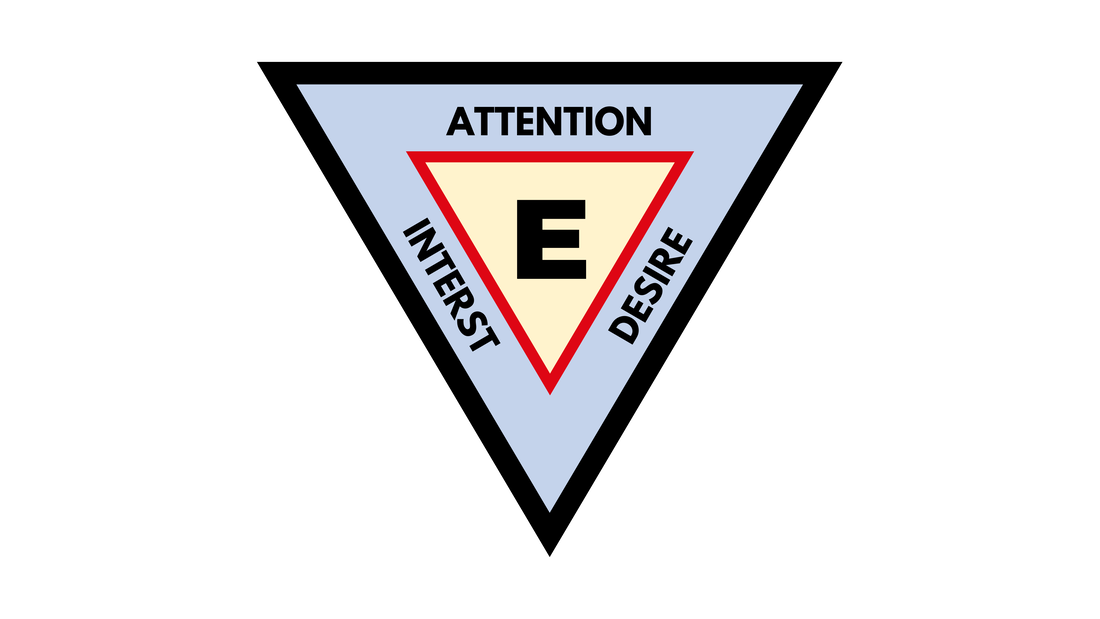|
A version of this article originally appeared in October 2021 edition of The Magic & Mystery School Museletter
Read the full article now ⬇︎
The look on the woman’s face said it all—but if there was any doubt, it was resolved when she opened her mouth.
“How long is this going to take?” These words punched me in the gut. I had just walked in the door of the senior center ready to perform my magic act, but the entire community of seniors were engrossed in a game of bingo. When the staff stopped the game to begin the performance, the stern woman confronted me to make it clear she wasn’t happy about the state of affairs, adding, “I hope it’s a quick show.” This experience became a valuable reminder that not everyone will care about what we have to say or what we can do, and even for those who do care, as servant leaders we have the responsibility to honor that excitement by providing an all-around engaging experience. Motivators to A.I.D. Engagement
As a performer, facilitator, and coach there are three key motivators I use to engage clients: Attention, Interest, and Desire. Whether in a classroom, boardroom, theatre, or wherever your work takes you, you can use these same motivators to A.I.D. engagement with your own audiences—and in so doing, making stronger connections with the people you serve.
When initiating these strategies, it’s recommended to approach them linearly—starting with attention, then interest, and building to desire. Once all three are activated, you can then use them together iteratively, weaving back and forth to reinforce deeper engagement. What follows is a brief explanation for why these engagement motivators are important and suggestions for implementing them: 1. Attention
You may have something wonderful to share, but if no one is paying attention then it simply won’t matter. Gaining attention activates a temporary state of curiosity through external stimuli, motivating people to respond with perceptual curiosity—the tendency to investigate novelties in the environment.
How do we apply this to our work? Any sudden change in the environment can be sufficient for generating attention, such as:
Attention, however, wanes quickly, which is why we must transition efficiently from mere attention to interest. And that’s the key to this motivator: attention unlocks the potential to foster interest in experiencing more, inspiring your audience to sustain their attention. 2. Interest
Whereas attention tends to be fleeting, interest can be longer-lasting because it relies on what people already intrinsically care about, motivating them to respond with epistemic curiosity—the tendency to investigate unanswered questions and develop deeper understandings. By connecting a message to what your audience cares about, you motivate a deeper level of curiosity, inviting people to engage more meaningfully in the experience.
How do we apply this to our work? Crafting a message in a way that speaks to emotions and strongly held beliefs can work well here. Topics and themes such as love, money, health, happiness, power, anger, sadness, revenge, and so forth, can all work well. These are just a few samples to help get you started thinking about what is inherently motivating for your audience. In addition, it’s worth noting the valuable role stories can play in unlocking interest. Humans are wired to understand life through metaphor, and a well-crafted story employed at just the right time can do wonders for motivating a deeper level of interest. As the saying suggests: "You can't help anybody if you can’t tell the right story.” What stories will you share with others? 3. Desire
When genuine interest is activated, it can become fuel to drive your audience to get involved, motivating your audience to respond with social curiosity—the tendency for people to value what they help create. This final engagement motivator is where you invite your audience to follow your lead and become cocreators of the experience.
How do we apply this to our work? Musicians do this effectively with the chorus of their songs. How often have you found yourself suddenly singing along while listening to music, without even realizing right away that you had join? Such can be the magnetic pull to get involved when an empowered communicator activates all three engagement motivators. Musicians also do this with “call-and-response” sections. Educators use the “repeat-after-me” method. Trainers use the “do-as-I-do” method. And role models use their own behaviors and results as fuel to lead the way and motivate desire in others to get involved. Another valuable way to activate desire is your ability to demonstrate authenticity, likeability, and trust—the dance between who you are, what you do as an expression of who you are, and the attitude you express towards your relationship with the people you serve. Simply put, if people like you then they will want to engage with you, and if they don’t then they won’t. Reflection
Final Thoughts As social beings who thrive in relationship with others, it is imperative to build bridges that connect our messages and ideas in ways that are relevant and meaningful, and taking this to heart will reward us with stronger connections with the people we serve. As the comedian Steve Martin reminds us: “Be so good that they can’t help but pay attention to you.” For our purposes, we qualify the term good to mean be as effective as you can in connecting with others. Using these same engagement motivators all those years ago at that senior center, when my magic act interrupted a game of bingo, I was able to win over the heart of even that stern woman who was hoping for a quick performance. Throughout the show, I watched her scowl turn into a smile and listened to glee spill from her heart in fits of laughter! And by the end of the act she even willingly volunteered to participate in the grand finale, becoming an engaged cocreator of a valued experience. When the show ended, she once again approached me, this time with a transformed heart, saying: “I thought I didn’t like magic. But I like you!” Such can be the power of directing attention, speaking to inherent interests, and inspiring desire for what you have to share through authenticity, likeability, and trust. Whether in a classroom, boardroom, theatre, or wherever your work takes you, you can use these same motivators to A.I.D. engagement with your own audiences. Want More? As a positivity coach, workshop facilitator, and keynote speaker, I can help you and the people you serve achieve growth by design using The Three Pillars of Positivity: Mindset, Purpose & Relationships. Connect with me today to discuss your specific challenges, goals, and obstacles. Further Reading The following sources provide relevant research to support the strategies suggested here. You may wish to explore them for further independent research:
0 Comments
Leave a Reply. |
AuthorJonas Cain, M.Ed. is a storyteller, magician, musician, and facilitator of fascination on a mission to help you experience abiding joy. Topics
All
SubscribeArchives
July 2024
|


















 RSS Feed
RSS Feed
